The 6 Facts about St George’s Day You Might Not Know
St. George is one of the most revered saints in history and is, of course, the patron saint of...
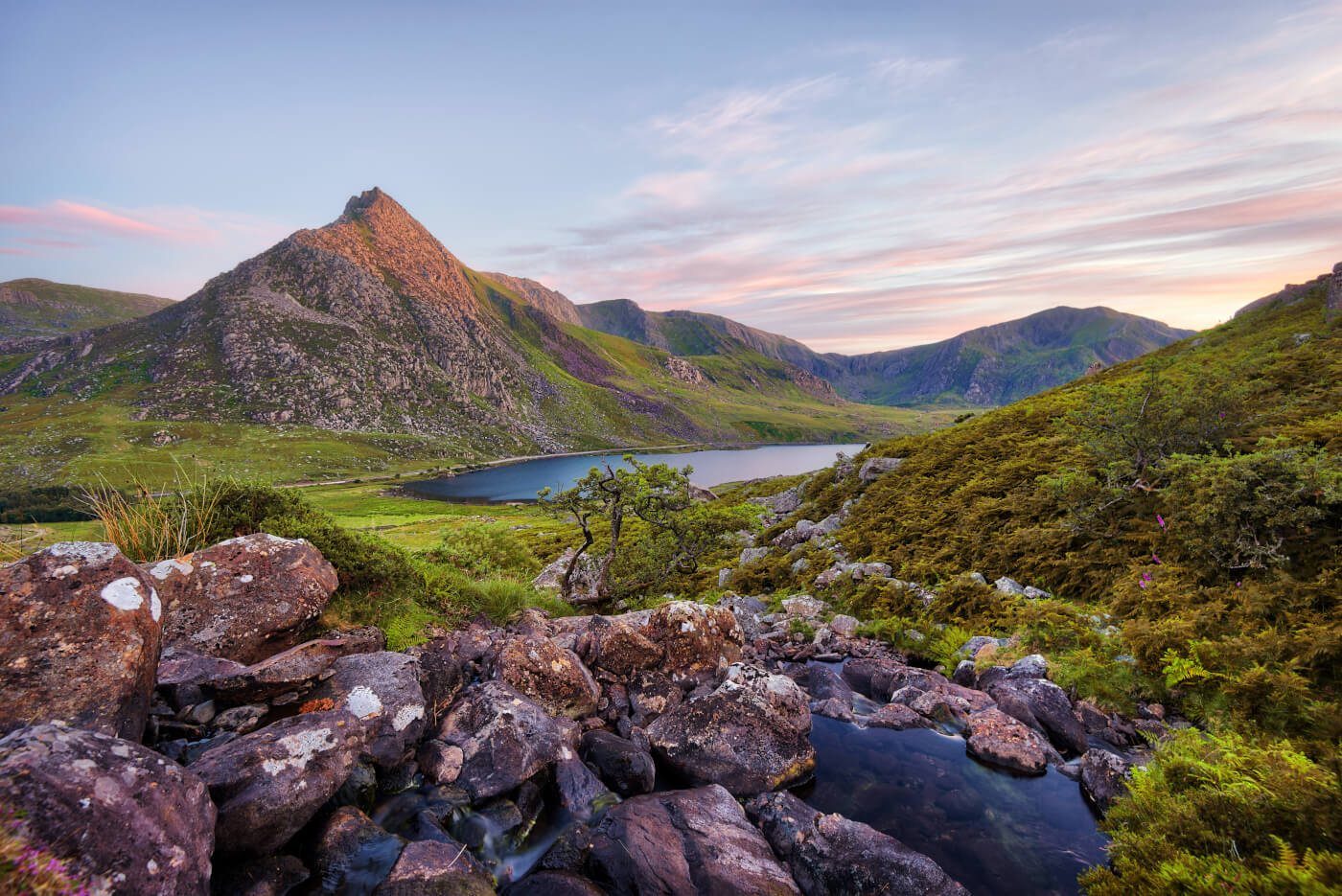
From world-famous natives to Royal dog breeds and a dense castle population, there are lots of intriguing facts to learn about Wales!
Despite being a small country, we all know that this rugby-mad nation is home to some of the UK’s highest mountains, the most beautiful beaches, and a famous face or two!
But did you know that there is a Welsh-speaking community in Argentina? Or that Mount Everest was named after a Welshman?
Discover even more intriguing facts about Wales below…
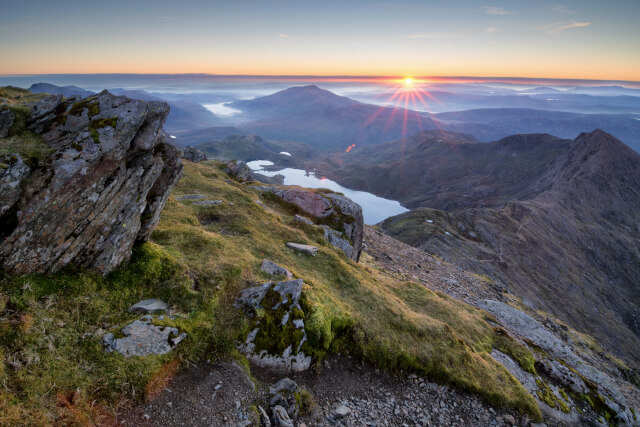
Have you ever wondered, “is Wales a country?” Fear not, you’re not alone!
Wales was a principality for a brief period, which is why so many people question if Wales is a country or not. According to the Oxford Dictionary, a “principality” is a nation ruled by a prince.
In modern Wales, the country is governed by elected officials not by a hereditary royal prince. Wales, which is a part of the island of Great Britain and shares a border with England, is therefore a nation itself.

Our next Welsh fact relates to how many cities there are in Wales. The answer is 7!
Wales is home to 7 multi-sized cities that are dotted across the landscape, from south to north. The capital city of Cardiff is the oldest city in Wales, and the latest addition to Wales’s collection of cities is Wrexham.
Wrexham became Wales’s seventh city following a competition, which was part of the Queen’s Platinum Jubilee celebrations. In Wrexham, you’ll find the world’s oldest international football stadium that still hosts international matches, The Racecourse. Continuing to impress, the club was famously acquired by Hollywood stars Ryan Reynolds and Rob McElhenney in 2021!
The remaining cities in Wales are Newport, Swansea, Bangor, St Asaph and St David’s, all of which have distinctive traits and histories!

Ever wondered how many people live in Wales? According to the 2021 census, the population of Wales was estimated to be 3,107,500 – the largest population ever recorded in Wales!
It states that the population has grown by 44,000 since the 2011 census and that 51.2% of the population were women, and 47.9% were men.
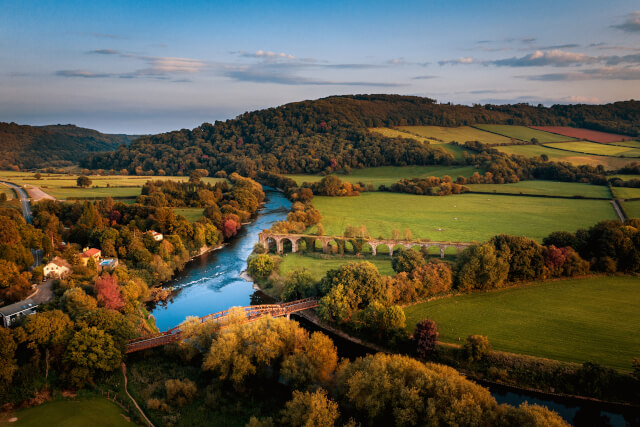
With a collection of towering mountains, incredible beaches and miles of farmland and forests, our next fact about Wales may come as a surprise!
The size of Wales is just 20,779 km², which is arguably relatively small when we compare it to the size of England, at 243,6010 km².
However, 20,779 km² is the equivalent of 14 million rugby-size pitches, which is quite impressive!
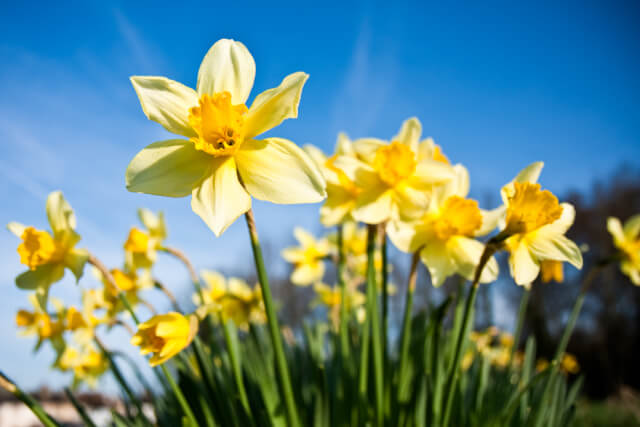
St David’s Day/Dydd Dewi Sant is a day of music, culture and language, celebrated annually on the 1st of March.
In honour of St David, this Welsh national celebration is one of the most colourful days on the calendar. It is custom to wear a daffodil or a leek, which are two of Wales’ national emblems and children dress in traditional costume.
Fuel your day of celebration with traditional Welsh foods, including Welsh cakes and cawl! Afterwards, partake in several parades across Wales, including the National St David’s Day Parade, which takes place in the centre of Cardiff.
See a sea of red dragons and the flag of St David, as the non-military parade brings together several cultural groups to join an imaginative celebration of Welsh heritage and culture.

Yes, that’s right, Queen Elizabeth II’s beloved dogs hail from Wales!
The Pembroke Welsh corgi ancestry is said to date back to the 10th century and despite their tiny size, they have been used for herding for decades! Interestingly, Welsh legend says that they are an “enchanted” breed and serve as the steed for fairy warriors.
Another Welsh fact, the origin of the name “corgi” is hard to determine! Some interpret the Welsh word “cor” to mean dwarf and “gi” as a form of the Welsh word dog.
Combine those meanings together and you have a dwarf dog! Others interpret the Welsh word “cor” to mean gather or watch over, hence their herding reputation!

The Welsh flag that we know and love – a striking red dragon on a green and white background – was officially recognised in 1959.
The dragon incorporates the red dragon of Cadwaladr, King of Gwynedd, along with the Tudor colours of red and green.
The dragon has been associated with Wales for centuries before Cadwaladr’s reign; however, the origin of the symbol has been lost in myth. Moreover, others suggest that the green and white colours represent the leek, the national emblem of Wales.
View this post on Instagram
This fact about Wales may come as a surprise, but Ty Coch Inn found itself on the official list of the best beach bars in the world!
Ty Coch, which can be found on the Llŷn Peninsula, started life as a vicarage in 1823 before it was opened as an inn in 1842, to feed the hungry shipbuilders who worked on the beach!
Today, however, this hidden beach will see thirsty patrons walk nearly a mile across the beach or across the golf course. After the small trek, you are rewarded with striking views of Snowdonia and Ireland. Children can enjoy the sandy beach and calm waters, while the adults linger over a pint and savour the surroundings!
Be sure to tick this attraction off your UK bucket list!
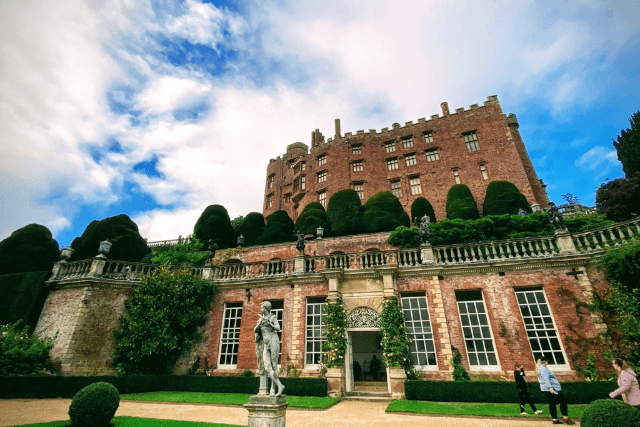
Often referred to as the ‘Castle Capital of the World’, Wales has more castles per square mile than anywhere else in Europe.
With more than 600 castles in Wales to discover, almost every corner of the country has an impressive feat of architecture. From the star of 2020 and 2021’s I’m a Celebrity…Get Me Out of Here! series, Gwyrch Castle in North Wales, to the fairytale setting of Castell Coch in South Wales.
You will be spoilt for choice when it comes to discovering Welsh castles.
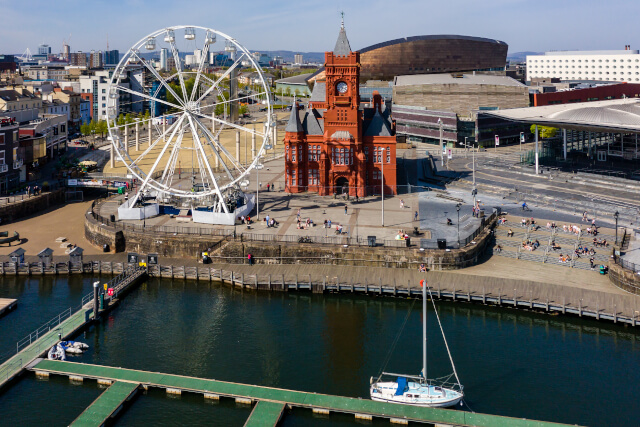
Another interesting fact about Wales is that despite being a relatively small country, it is home to a number of famous faces!
We all know that Tom Jones is a Welsh hero, but did you know that the children’s novelist, Roald Dahl was Welsh too?
Roald Dahl was born in 1916 and Cardiff was the focal point of the writer’s early life. His family lived in a substantial home, Villa Marie on Fairwater Road, which is today marked by a blue plaque for visitors to recognise.
Moreover, the Welsh city knows no shortage of Welsh talent, with Shirley Bassey and Charlotte Church also born in Cardiff!
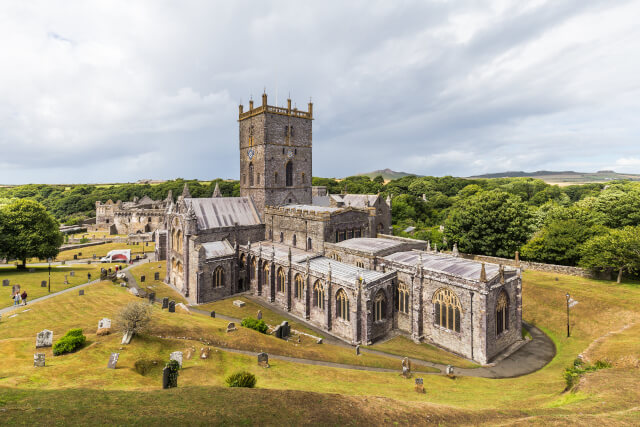
No bigger than a village on the coastline of Pembrokeshire lies the tiny city of St Davids. St Davids is in fact the smallest city in the UK and is the seventh smallest in the world!
The city is built around the 6th-century cathedral and was granted city status by the HM Queen by Royal Charter on 1st June 1995.
The tiny city is surrounded by beautiful coastal scenery, renowned for its abundance of wildlife and gorgeous beaches. The area is also rich in early Christian heritage, with it being the site of St David’s monastery and where St Patrick is said to have set sail to Ireland.
Another interesting fact about Wales!
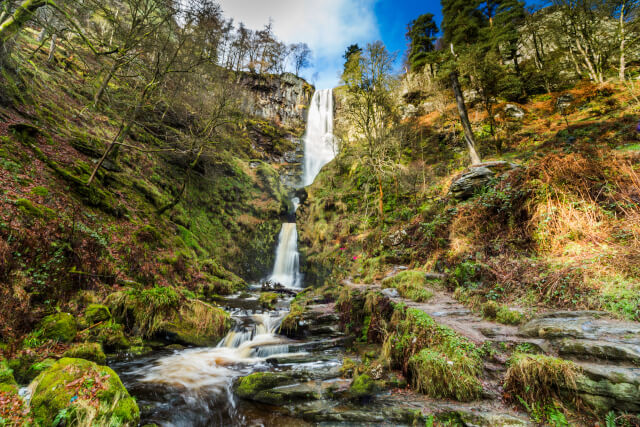
At 240ft, Pistyll Rhaeadr is Britain’s tallest single-drop waterfall, resting in the Berwyn Mountains.
Sitting just four miles away from the charming village of Llanrhaeadr-ym-Mochnant in Powys, the enchanting waterfall attracts many visitors each year.
This is a great spot for a flying visit or if you’re feeling more adventurous, find a collection of walks surrounding. From the short stroll to the top of the waterfall to the challenging 7 miles Ridge walk.
Afterwards, venture to the tearoom, which boasts many original 18th-century features. Here, you can cosy around the fire with a hot chocolate or admire water with an ice cream in hand.
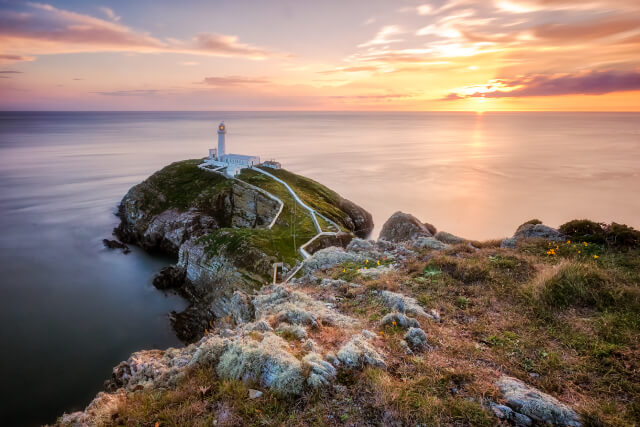
Anglesey is by far the largest island in England and Wales and the seventh largest in the British Isles.
Separated from mainland Wales by the famous Menai Strait, Anglesey covers an area of 261 square miles and includes Holy Island. Holy Island sits on Anglesey’s western edge and is littered with its own collection of coves, headlands and bays.
On Anglesey, you will find an array of beaches, walks and unusual places to stay. As well as the small tidal island of Ynys Llanddwyn, where St Dwynwen is said to have lived!
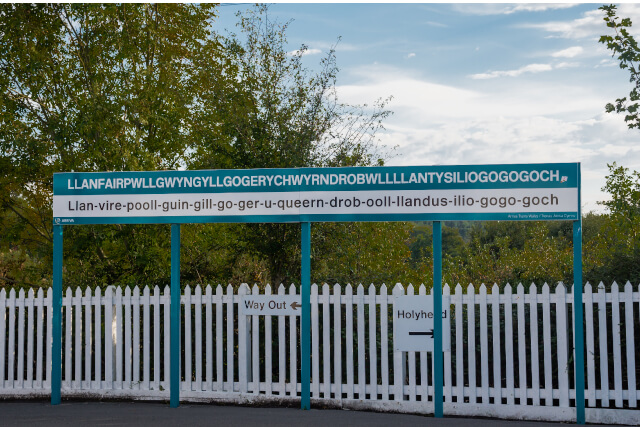
Despite its impressive 58-letter name, this Welsh village is the second-longest name in the world! Second to a hill in the North Island of New Zealand, which has an 85-letter name!
Originally, the Isle of Anglesey village was just Llanfair Pwllgwyngyll. But in the 1860s it acquired a new name to draw in railway tourists. Even today, this 19th-century strategy is paying off with flocks of people visiting for the photo opportunity.
The 58-letter English translation of this Welsh word is ‘The Church of Mary in the Hollow of the White Hazel Near the Fierce Whirlpool and the Church of Tysilio by the Red Cave’.
You can find the Church of Mary just a short stroll away from the train station; however, no one alive knows the location of the red cave!
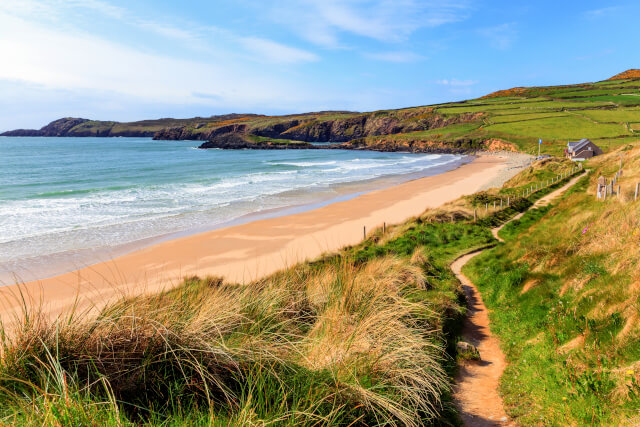
To conclude our facts about Wales, we are heading to the coast!
Wales is the only country in the world to have a continuous waymarked path along its entire coastline! On this coastal path, you can enjoy 870 miles of an unspoilt and unbroken path along the Welsh coastline. This path is promised to be much quieter than Cornwall and Devon’s.
The coastal path takes you from Chepstow in the south, all the way to the English board near Chester, in the north.
Feeling inspired by our facts about Wales? Take a look at our Wales travel guide and secure your next holiday with us! Uncover facts about St David’s Day to learn even more about this beautiful country!
Are you on the phone to our call centre? Your Customer ID is:
Get involved in the Discussion